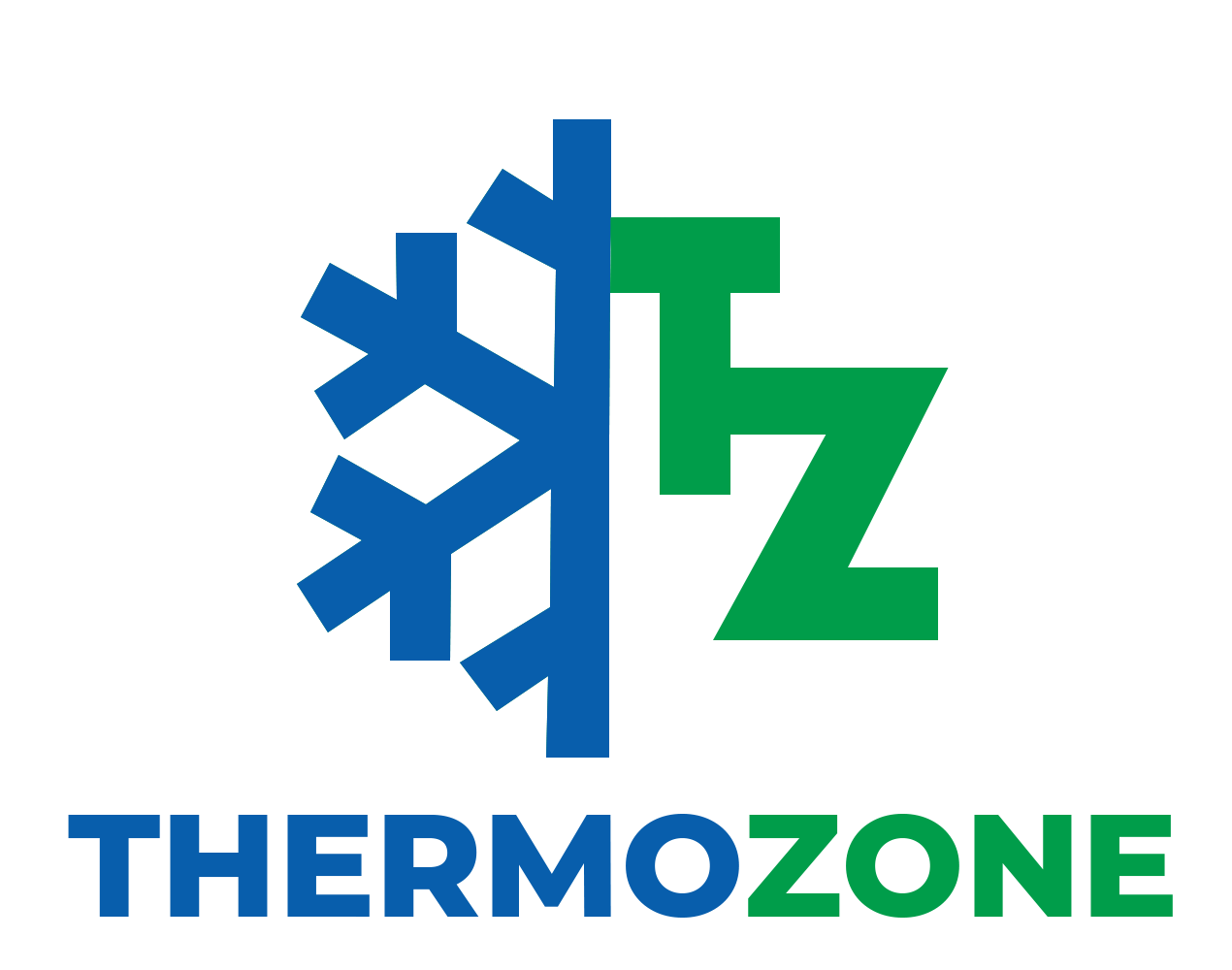
Cooling...

Cooling...
If floors are laid on wet ground, the vapor pressure gradient will
force water vapor up toward the vapor seal. Given a ground temperature
of 10°C in winter, the underside slab may become as cold as 0°C after many
months of store operation, and any moisture condensed under the floor insulation
will freeze and, in freezing, expand. In time this ‘ lens ’ of ice under the
floor slab, unable to expand downwards, will lift the floor (frost heave).
Frost heave is prevented by supplying low-intensity heat to the underside of
the insulation, to keep it above freezing point.
This may take several forms:
1. Low-voltage electric resistance heater cables fixed to the structural
floor slab and then protected within a 50 mm thickness of cement and
sand to give a suitable surface on which the floor vapor barrier can be
laid. The heating is thermostatically controlled, and it is usual to
include a distance reading or recording thermometer to give visual
indication of the temperature of the floor at several locations below
the insulation.
2. Pipes buried in the structural slab. These are connected to delivery and
return headers, and glycol is circulated. This is heated by waste heat from
the refrigeration plant. MDPE (medium-density polyethylene) is the
normal piping for underfloor glycol heater mats. Steel pipe should not
be used under the floor unless protected against corrosion.
3. Air vent pipes to allow a current of ambient air through the ground
under the base slab. This is not very suitable in cold climates.
4. On very damp ground or where the finished floor level is in line with the
deck of transport vehicles, the cold store floor can be raised above the
existing ground level. This is done by building dwarf walls or extending
the length of the piles, if these are used, to support a suspended floor
at the required height. This leaves an air void of some 1 m under the
cold store, through which air can naturally circulate; although forced
ventilation may be required to reduce condensation.